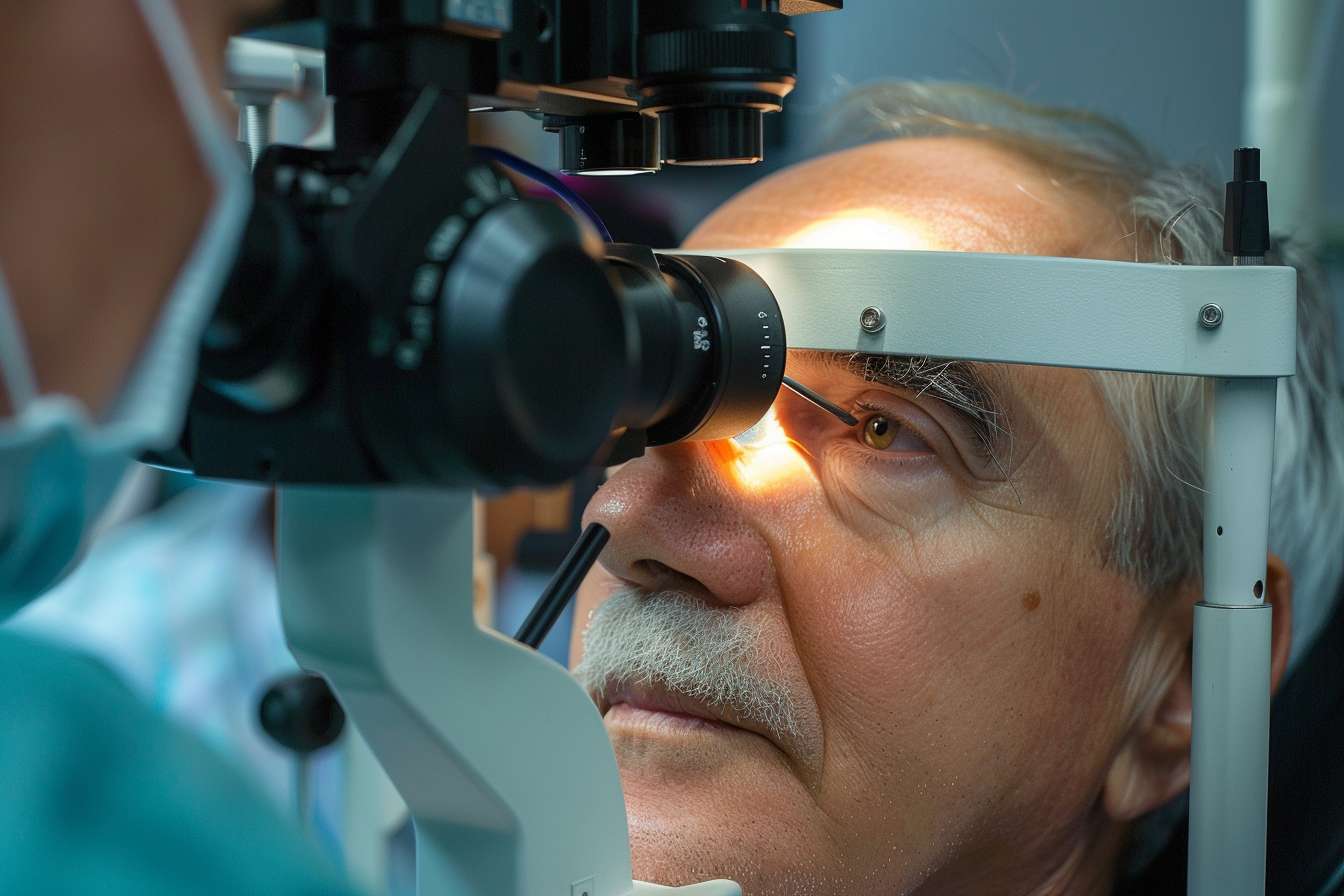Understanding Myelodysplastic Syndrome: A Comprehensive Guide
Myelodysplastic syndrome (MDS) is a group of blood disorders that affect the production of healthy blood cells in the bone marrow. This condition primarily impacts older adults and can lead to various health complications if left untreated. MDS occurs when the bone marrow fails to produce enough healthy blood cells, resulting in a shortage of red blood cells, white blood cells, or platelets. As a result, individuals with MDS may experience fatigue, frequent infections, and easy bruising or bleeding.

How is Myelodysplastic Syndrome diagnosed?
Diagnosing MDS typically involves a combination of blood tests and bone marrow examinations. A doctor may suspect MDS if routine blood tests reveal abnormalities in blood cell counts. To confirm the diagnosis, a bone marrow biopsy is usually necessary. During this procedure, a small sample of bone marrow is extracted and examined under a microscope to assess the presence and severity of abnormal cells. Additional tests, such as cytogenetic analysis and molecular studies, may be performed to identify specific genetic mutations associated with MDS and help determine the most appropriate treatment approach.
What are the symptoms of Myelodysplastic Syndrome?
The symptoms of Myelodysplastic Syndrome can vary depending on which blood cell types are affected and the severity of the condition. Common symptoms include:
-
Fatigue and weakness due to anemia (low red blood cell count)
-
Frequent infections resulting from a decrease in white blood cells
-
Easy bruising or bleeding caused by low platelet counts
-
Shortness of breath, especially during physical activity
-
Pale skin
-
Unexplained weight loss
-
Fever
It’s important to note that some individuals with MDS may not experience any symptoms in the early stages of the disease. Regular check-ups and blood tests, particularly for elderly patients, can help detect MDS before symptoms become apparent.
How is Myelodysplastic Syndrome treated?
Treatment for Myelodysplastic Syndrome depends on several factors, including the type of MDS, its severity, and the patient’s overall health. The primary goals of treatment are to manage symptoms, improve quality of life, and prevent the progression of MDS to acute myeloid leukemia (AML). Common treatment approaches include:
-
Supportive care: This involves managing symptoms and complications through blood transfusions, antibiotics, and growth factors to stimulate blood cell production.
-
Chemotherapy: Low-dose chemotherapy drugs may be used to slow the progression of MDS and improve blood cell counts.
-
Immunosuppressive therapy: This approach aims to reduce the immune system’s attack on bone marrow cells.
-
Stem cell transplantation: For eligible patients, this procedure can potentially cure MDS by replacing diseased bone marrow with healthy stem cells from a donor.
-
Iron chelation therapy: This treatment helps remove excess iron from the body, which can accumulate due to frequent blood transfusions.
What is the prognosis for patients with Myelodysplastic Syndrome?
The prognosis for patients with Myelodysplastic Syndrome varies widely depending on the specific type of MDS, the individual’s age and overall health, and how well they respond to treatment. Some patients may live for many years with proper management, while others may experience rapid progression of the disease. The International Prognostic Scoring System (IPSS) is commonly used to assess the risk and potential outcomes for MDS patients. This system takes into account factors such as blood cell counts, bone marrow blast percentage, and cytogenetic abnormalities to categorize patients into different risk groups.
Regular monitoring and follow-up appointments with a hematologist or oncologist are crucial for managing MDS effectively. These medical professionals can adjust treatment plans as needed and address any complications that may arise. Additionally, ongoing research into new therapies and treatment approaches offers hope for improved outcomes for MDS patients in the future.
This article is for informational purposes only and should not be considered medical advice. Please consult a qualified healthcare professional for personalized guidance and treatment.






